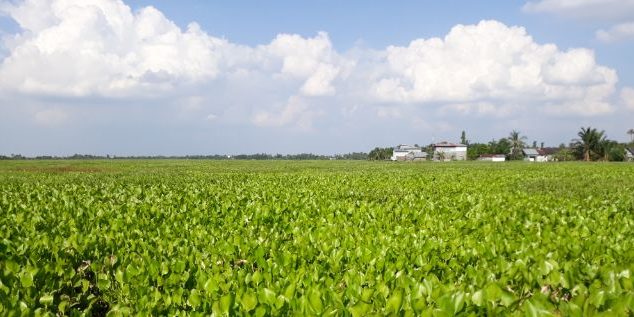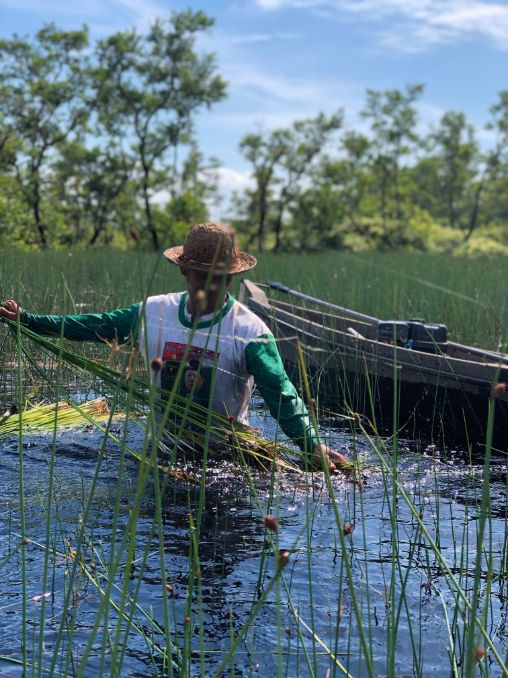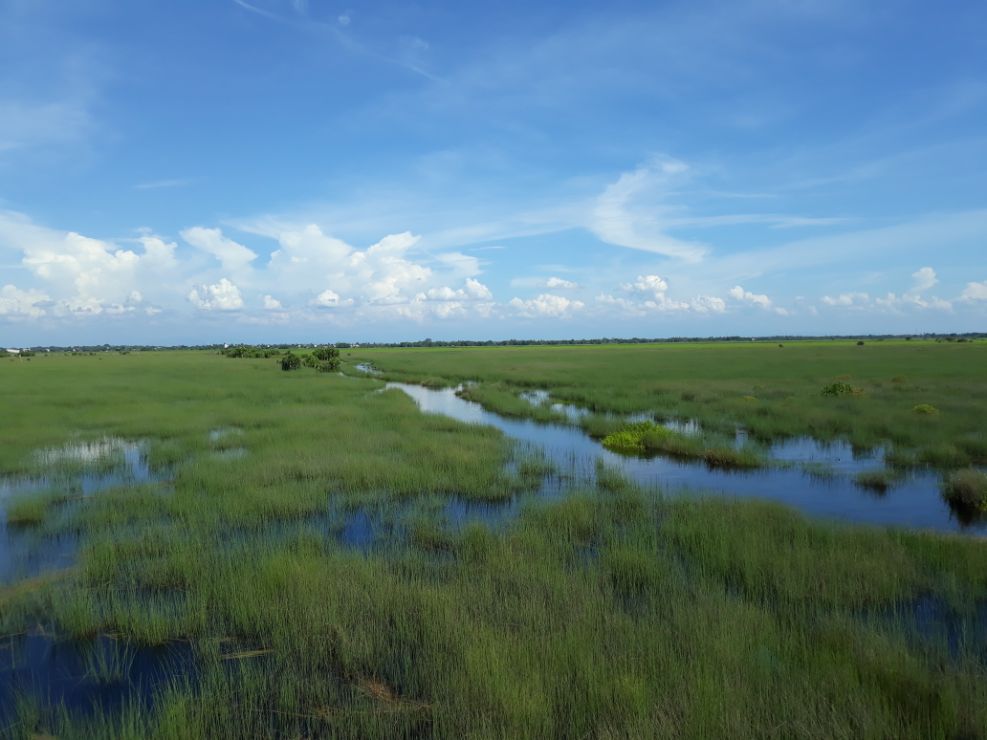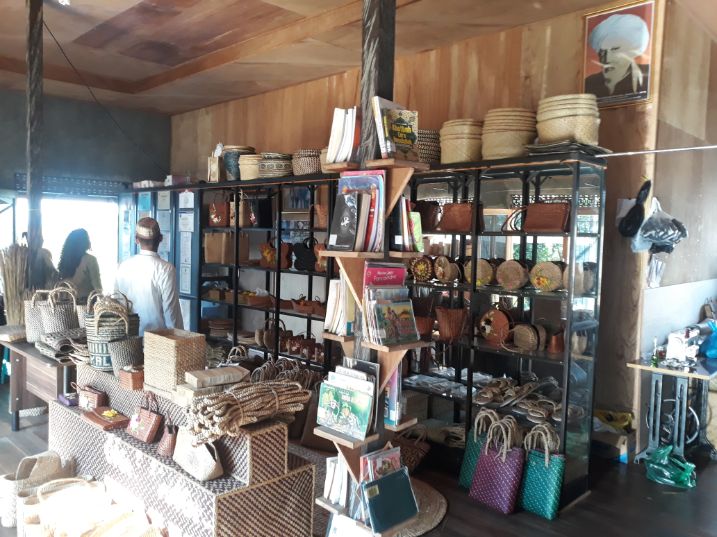In many ways, Du Anyam and Mother Nature are two inseparable things collaborating in harmony. As a social enterprise who prides on products made of natural materials, we are not only empowering our women weavers in NTT Flores, but preserving Nusantara heritage and lands at the same time.
While our efforts continue in the Eastern part of Indonesia, this time Du Anyam is flying to another part of Indonesia, South Kalimantan. With the same mission on women empowerment, culture and Indonesian heritage, we’re working alongside Badan Restorasi Gambut (BRG) on our next social and environmental project on the long-fought battle of conserving peatlands.
Curious on what our team has uncovered along the way? Read on to find out the 5 interesting facts you need to know about peatlands in Indonesia:

1. What Are Peatlands?
Peatland is a type of wetland filled with peats. Peats are actually a collection of organic materials or vegetation, such as plants or mosses, that keeps building up and decaying as time passes. Peatland is typically characterized by a certain water level, soaked just above, at, or under the peats.
Over time, peats continue to naturally pile up, up to at least 30 cm thick, trapping carbon dioxide released by the plants and forming a unique natural habitat. Some peatlands have even existed for over 300 millions years! These ancient wetlands play a crucial role in our quest to understand the world better.

2. Where Can You Find Peatlands?
Interestingly, peatlands occur in every climatic zone and continent. They account for 3% of the Earth’s land surface, existing in different types of terrains – from highlands, coasts, to tropical rainforests. In fact, about 60% of the world’s wetlands are made of peat and can be found from Asia, Europe to America.
Why are you not seeing them, you ask? It’s because sadly peatlands have been exploited or destroyed to make ways for other purposes, especially agriculture, forestry and excavation, horticulture and more. Worse, peatlands destruction often involves burning which may continue for months!

3. How Are Peatlands Important?
While peatlands destruction may seem to benefit humans in some way, it’s important to know that we are sacrificing a world of species of plants, birds and insects that coexist in one brilliant ecosystem. Peatlands also act as freshwater reservoirs, holding water during the wet season and providing excess when it’s dry. Missing peatlands can mean a loss of income, protection, natural balance and other devastations for humans.
Also, remember how we said peatlands trap carbon? This is because peatlands plants do not decompose completely; peatlands thus work as storage locking the plants carbon safely in the ground. When peatlands are destroyed, they release a significant amount of CO2, a greenhouse gas, which exacerbates global warming and climate change of irrevocable damage.
4. Peatlands in Indonesia
According to the Wetland International (2019), Indonesia is the 2nd top contributor of tropical wetlands and peatlands in the world and the 1st in Asia with over 22,5 million hectare in total. These peatlands are mainly found in Papua, Kalimantan and Sumatra where they work collectively as the carbon sinks, storing 30% of the world’s carbon dioxide.
Naturally, a lot of efforts are put towards the conservation and restoration of peatlands. In 2016, BRG was launched as a part of the government’s ongoing initiatives to speedily restore the hydrological functions of burned and dried peatlands.

5. What You Can Do
Feel like there’s nothing you can do to help ensure peatlands remain untouched? That’s where many of you are wrong! Every small act of saving peatlands could help save the planet. You can always start by leading a more eco-friendly lifestyle, such as recycling more, cutting down energy usage, raising awareness and switching to natural products
In fact, as a part of our collaboration series with BRG, you can expect more awesome weaving goods made of peatlands plants such as Purun in upcoming weeks! This way, you’ll be a part of our women-empowering community, while staying stylish of course.
Follow Du Anyam X BRG for the newest purun collections, updates and exciting projects with peatlands on Facebook & Instagram.

